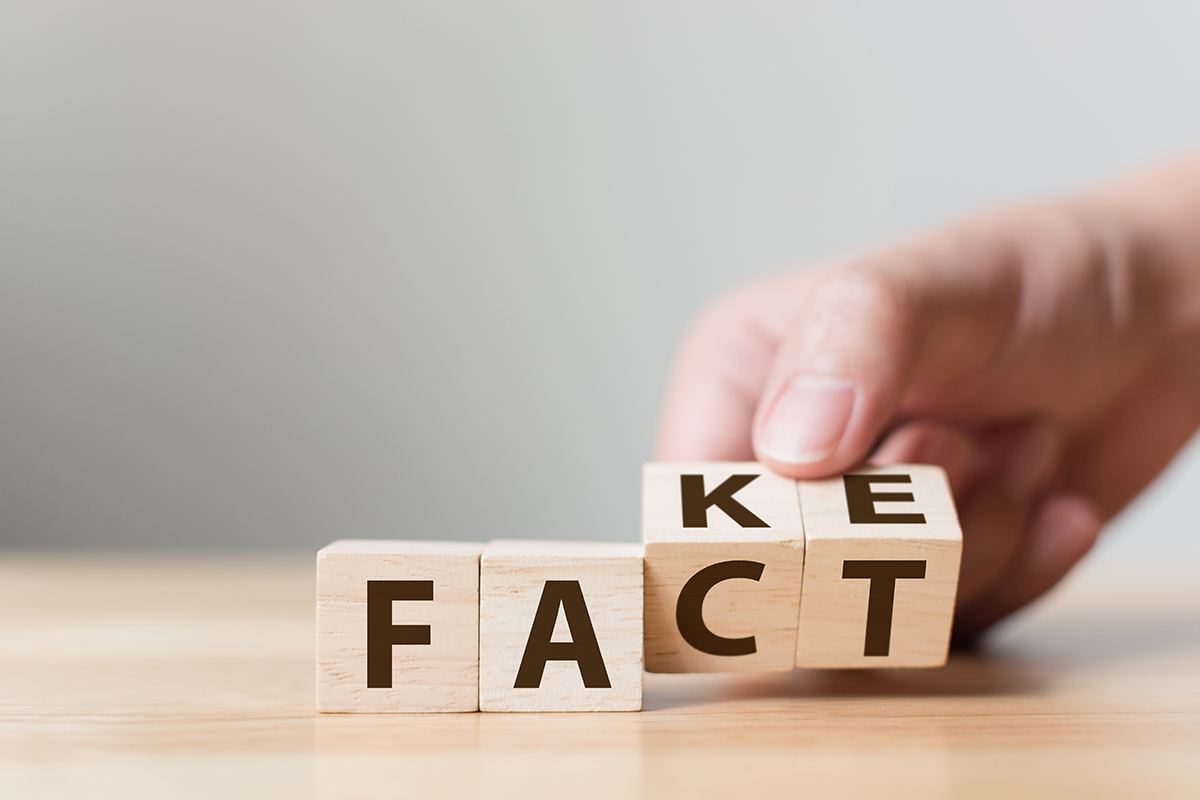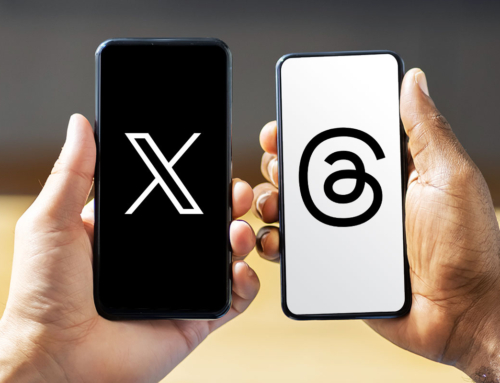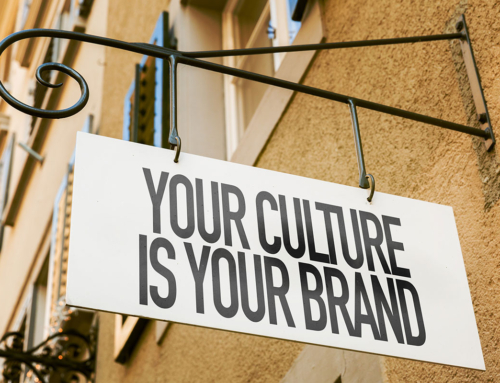PR pros are often accused of “spinning” a story or omitting the facts to make sure our clients appear in the best light.
And, admittedly, I’ll go ahead and say that is kind of what we do, but not with ill intentions, as some people probably think.
Let me back up for a moment…
Many times, the public only hears one side of the story, and it’s our job as PR professionals to get the other side of the story out there – not necessarily to sway people to side with our clients, but just to make sure the public realizes the coin has a head and a tail.
More often than that, our clients are already doing something awesome, but they’re doing it for the right reasons and are hesitant to seek attention for it. We help shine a light on the great things they’re doing in and for our communities.
There are others in the industry who misuse the power of persuasion, though, which is where the term “spin” comes from and why PR gets a bad rap.
If people weren’t aware of PR spin before the 2016 election, they’re hyperaware of it now. Any story published is met with an overwhelming measure of skepticism and criticism. NPR couldn’t even post the Declaration of Independence on July 4 without Twitter users lashing out about “propaganda.”
While spin is typically used to positively sway opinions and perceptions, fake news generally has a negative impact on the public’s perceptions of politicians, celebrities, science, government programs and issues, as well as businesses.
We can’t get away from “fake news” on Facebook, Twitter or other social media platforms. Even the largest, most reliable media outlets are not immune to spreading false information. (Albeit it’s usually on accident.)
While the number of people who are wary of the media continues to grow each day, and people decide that any particular media outlet is “biased” or “slanted” after reading one article they disagree with, Maggie Farley, a veteran journalist, had had enough.
“Before, the biggest concern was, ‘Are people being confused by opinion; are people being tricked by spin?'” Farley told NPR. Now, she says, the stakes are much higher.
So, Farley helped create Factitious, which I read about this week on NPR. It’s a game that tests your knowledge of the news.
I’m in love with it.
Here’s how it works:
- The site will show you a news story taken from a real website and it is your job to read and decide whether it is fake or real news.
- If you’re stumped, there’s a source button at the bottom to reveal where the story was pulled from.
- If you’re playing on your phone, you either swipe right for real news or left for fake news. If you’re on your computer, you can just click the green arrow for real or red X for fake.
- Factitious will show you whether you’re correct and explain why the story is either fake or real.
- There are three rounds and it will give you a final percentage for correctly identified articles at the end.
Embarrassingly, I only identified fake news correctly 80 percent of the time. Most people know The Onion is a parody site, but would you correctly assume The Mississippi Herald is also a disreputable site?
The game is fun, but if you want a quick reminder about how to spot fake news, here are a few tips:
- Consider the source
- Read beyond the headline
- Check the author
- Check the source’s sources
- Check the date
- Remember satire exists (and thrives) on the internet
- Forget your own biases and don’t assume something is real just because you agree with it
- Consult with experts
It’s easy to perpetuate the problem. Always read the whole article before you share it and check the source(s), and, please, stop reading click-bait headlines and sharing articles you think you agree with on Facebook without even reading them. One more of these fake articles, like “Google plants microchips in infants to track future social media usage,” shared by Aunt Bernie and I’m logging off for good.








